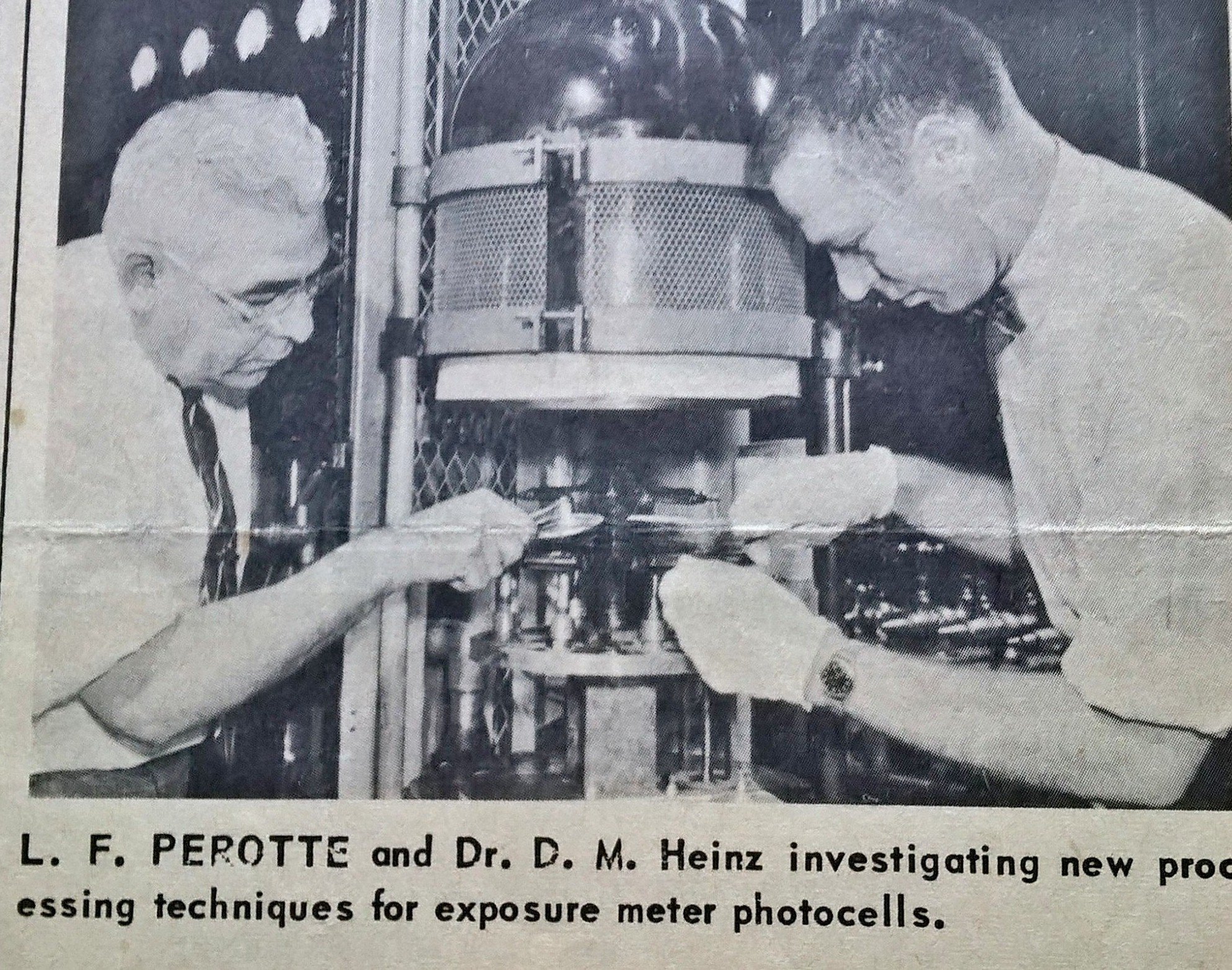
OSU professor focused on innovations in senior memory care
Friday, December 4, 2020
Could shopping malls be the future of senior memory care? One Oklahoma State University researcher believes when converted into city centers, they could provide seniors living with dementia freedom and dignity within a safe environment.
Dr. Emily Roberts, assistant professor in the Department of Design, Housing and Merchandising, believes seniors could continue with typical, day-to-day activities such as grocery shopping and attending doctors’ appointments as store space and parking lots are converted into areas for activities, medical care, residences and gardens. She is using an 800,000-square-foot mall in Oklahoma City as a case study.
“We want to create spaces where people can carry on with the things they love to do,” Roberts said. “Many traditional memory care facilities are locked facilities, but in our case study, people could take a walk outside or go to a restaurant, then walk back to attached housing with different levels of care, such as independent living, assisted living or 24/7 memory care.”
Many shopping malls could soon be available for senior care. According to an article published by USA Today, between 25% and 50% of U.S. malls may close within the next five years as economic pressures coupled with changes in shopping habits due to coronavirus.
Roberts believes repurposing shopping malls addresses two major concerns.
“Due to climate change, simply tearing down the malls for new buildings raises great concerns for environmental sustainability,” Roberts said. “Meanwhile, we will likely see a higher prevalence of dementia as medical technology enables Baby Boomers to live longer.”
This convergence of needs for space for memory care and need for sustainable building practices to combat global climate change led Roberts to city center concept, and she has received over $150,000 in grant funding to work with students on the case study designs.
Of course, malls will require construction adaptations to accommodate unique needs of individuals living with dementia. For example, wayfinding will be very important and visual guides will be needed for seniors to find their way throughout the city center.
“I had the opportunity to visit a similar city center in the Netherlands in 2015 called the Dementia Village,” Roberts said. “The use of gardens, walking paths, water features and other landmarks are some wayfinding tools used there to help residents remain safe and engaged in their day.”
Roberts, with a background in both architecture and gerontology, believes many other architectural features of malls lend themselves well to programs and activities for individuals living with dementia. While it is difficult sometimes to share her vision with others, a personal experience inspires Roberts to continue with her trailblazing idea.

Roberts’ father, Dr. David M. Heinz, was a chemist and researcher who worked most of his adult life developing semi-conductor memory chips. Sadly, he passed away in 1980 at age 56 when Roberts was 20 years old, long before the mass marketing of personal computers, cell phones and laptops for which the chip was designed.
“I use his story to inspire myself to keep pushing forward on ideas I am passionate about,” Roberts said. “The work I do is important, even though I may not see the results in my lifetime.
She often shares this story of inspiration about her father with her students. She teaches classes ranging from Sustainable Facility Management and Design to an honors course, Active Aging for LIFE: Longevity, Independence, Fitness and Engagement. One assignment requires her students to write a paper titled, “See Me at Seventy,” in which they envision how their life may look at 70 years of age, and some students have made presentations on aging at local high schools.
“Students learn to think of old age not as something that happens to somebody else, but rather to consider their own process of aging throughout the lifespan,” Roberts said. “It prepares them to ask, ‘What can I do in my professional career to be impactful for an aging society?’”
Roberts also researches wearable technology for seniors living with dementia to have visual cues to complete everyday tasks in their homes, conducts interviews for publications such as the New York Times and has co-developed many Extension factsheets equipping caregivers to make homes safe for seniors still living at home. However, her passion lies in adaptive reuse of malls for dementia programs, activities and housing, in large part to honor her father’s memory.
“My research lies in discovering things we can do to make life better for seniors living with dementia to have better quality of life,” Roberts said. “My dad would have been very proud to know how his memory chip research paved the way for the personal computer. Hopefully, he would be proud of me, too, in that I’ve found something I am passionate about with the potential to be impactful for society, both now and in the future.”
Related stories
- OSU DHM awarded NextFifty grant to explore innovate dementia programs
- Researchers receive National Institute of Health grant to develop cognitive assistive technology for dementia homecare
MEDIA CONTACT: Brittany Bowman | 405-744-9347 | brittany.bowman@okstate.edu
